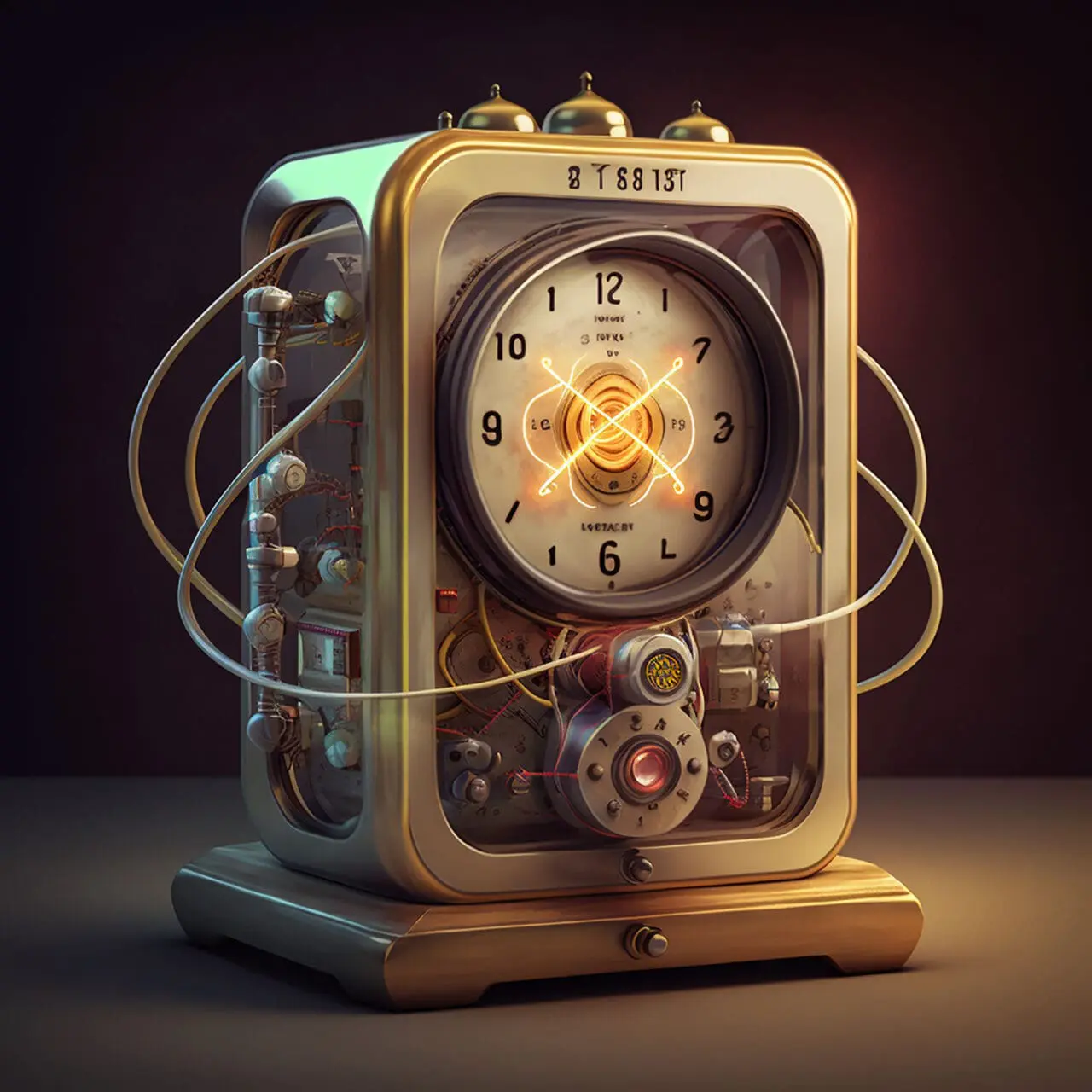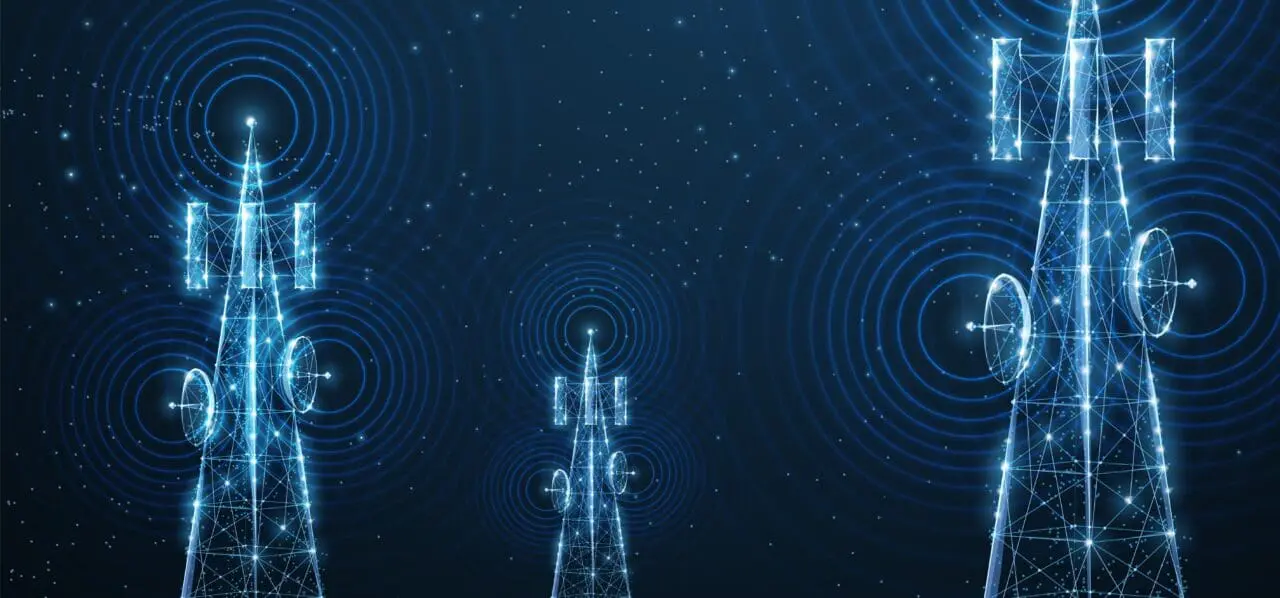

Atomic clocks are renowned for their precision and accuracy, having revolutionised the world of timekeeping. The highly stable oscillations of atoms underpin their precise time measurements, which find applications in diverse fields such as global navigation satellite systems, telecommunications, and scientific research. The recent breakthrough by the researchers at European XFEL has pushed the envelope further, reducing the deviation to a mere one second in 300 billion years!
The European XFEL team’s achievement in timekeeping precision is a feat of scientific genius and rigorous research. They used an X-ray laser, a powerful tool that generates incredibly short and intense light pulses, to create a pulse generator for their atomic clock. This laser was capable of producing pulses at regular intervals, allowing for a level of precision hitherto deemed unattainable.
Precise time measurement is fundamental to many aspects of our daily lives and scientific endeavours. From coordinating international business operations to enabling precise geolocation through GPS technology, accurate timekeeping plays an indispensable role. In scientific research, it could lead to breakthroughs in understanding fundamental laws of physics and the nature of our universe.
X-ray lasers, primarily known for their applications in medicine and materials science, have now found a significant role in the field of timekeeping. Their ability to generate short and intense light pulses with regular intervals makes them an ideal choice for atomic clock pulse generators. This has led to an unprecedented leap in the precision of timekeeping technology.
The record-breaking accuracy of the atomic clock developed by European XFEL is a testament to the relentless pursuit of precision in science. By leveraging the capabilities of X-ray lasers, the researchers have advanced timekeeping technology to an extent where the error is minuscule – just one second in 300 billion years!
Over the years, atomic clock technology has evolved dramatically, with breakthroughs contributing to societal advancements. From its inception in the mid-20th century to the recent breakthrough by European XFEL, atomic clocks have played a crucial role in synchronising global systems, enhancing telecommunications, and aiding in scientific discoveries.
The journey of creating an ultra-precise atomic clock pulse generator is one from theoretical conception to practical implementation. It is a journey of overcoming scientific challenges and pushing the boundaries of what is possible. The European XFEL’s achievement is a perfect example of how relentless scientific pursuit can turn theoretical dreams into tangible realities.
As timekeeping technology continues to evolve, atomic clocks are poised to reshape our understanding of the Universe. Their extreme precision could help test fundamental theories of physics, measure gravitational waves with greater accuracy, and even provide insights into dark matter. The future of timekeeping, therefore, holds exciting prospects for scientific exploration.
Ultra-precise atomic clocks promise a realm of applications beyond timekeeping. Their precision could enhance the performance of global positioning systems, improve telecommunications, and pave the way for more accurate global time standards. The implications of such precision are profound and have the potential to shape the future of technology and science.


